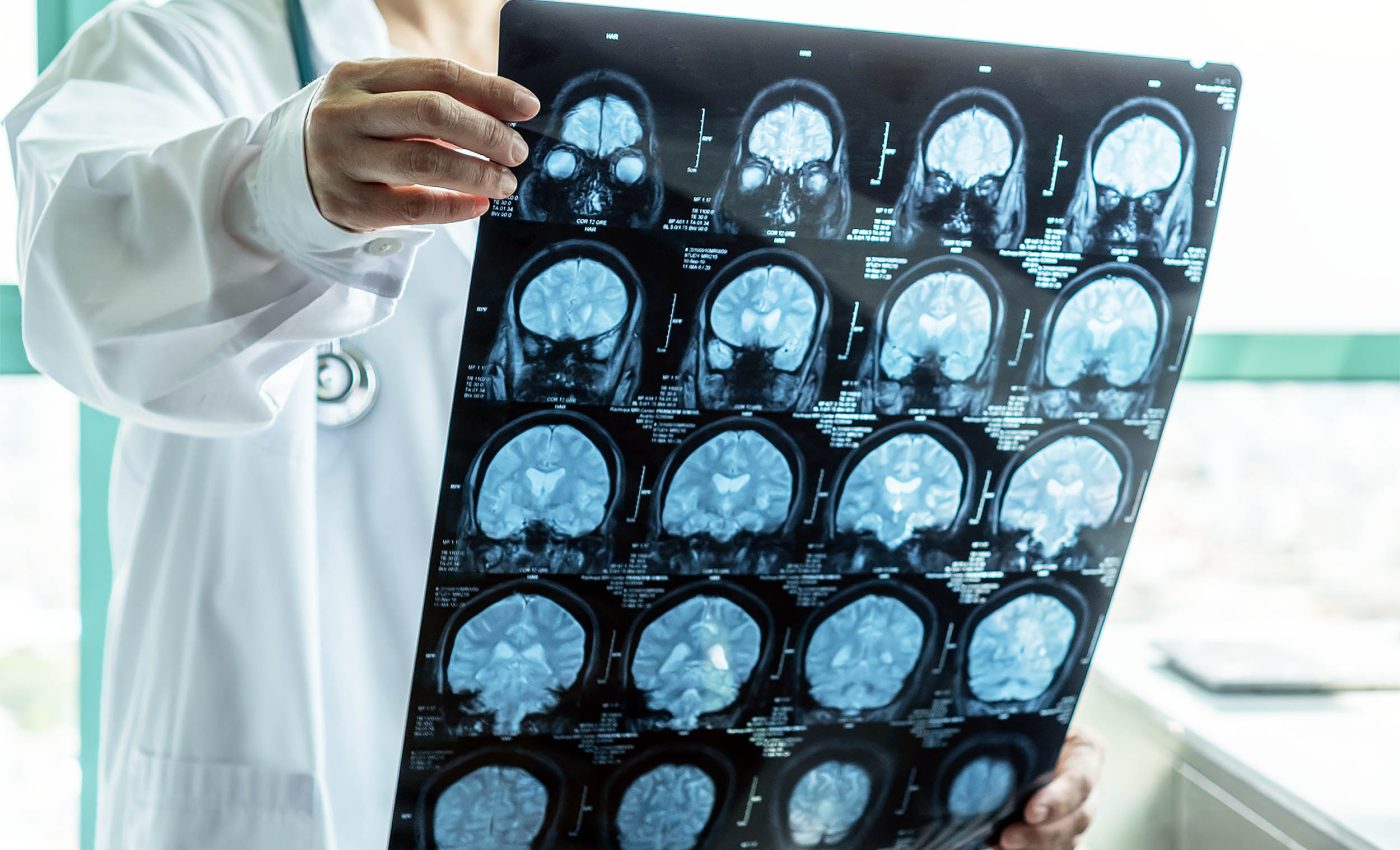
Simple habits can keep you sharp and slow brain aging
Your driver’s license might say one age, but your brain can tell a different story. Scientists can estimate how old your brain looks by scanning it and comparing it to typical patterns seen across adulthood.
A new study from the University of Florida followed adults with knee pain risk for two years and found that people with more healthy habits tended to have younger looking brains.
The researchers also saw those brains age more slowly over time.
What the study measured
The work was led by Kimberly T. Sibille, Ph.D., an associate professor at the University of Florida. Her team wanted to know whether everyday behaviors and social context shape the brain’s aging pace in midlife and later life.
They used MRI scans to estimate brain age and compared it to each person’s actual age. The difference is called the brain age gap and it offers a whole brain snapshot of health that does not rely on any single region.
The scans were analyzed with machine learning, a method that finds patterns in data that humans might miss.
The model used here is called DeepBrainNet, which has been shown to link brain age estimates with pain and function in other groups.
The participants were mostly middle aged and older adults living with chronic musculoskeletal knee pain or at risk for osteoarthritis.
They reported on sleep, stress, tobacco use, weight, optimism, and social support, and those responses were grouped into risk and protection scores.
Results of this brain aging study
People who stacked up more protective factors had brains that looked about eight years younger than their actual age at the start of the project.
They also showed a slower rate of brain aging across the next two years.
Socioenvironmental risks such as lower income and less education were linked with older looking brains at baseline. Those influences faded a bit over time, but the protective habits kept showing clear benefits.
“The message is consistent across our studies, health promoting behaviors are not only associated with lower pain and better physical functioning, they appear to actually bolster health in an additive fashion at a meaningful level,” said Sibille.
The team also noted that people with higher community and personal risk tended to have brains that were roughly three years older than peers with lower risk.
The pattern matched what other research groups have observed when pain and disadvantage pile up.
Sleep, stress, and brain aging
Sleep quality came through as one of the strongest protective habits in this group. There is evidence that missing sleep can lower the threshold for feeling stressed even during small challenges.
Treating insomnia is not just about feeling less tired. An AASM clinical guideline recommends cognitive behavioral therapy for insomnia as the first line treatment for chronic insomnia in adults.
Better sleep can make it easier to regulate emotions and attention. That matters for the brain’s long game because the stress response, when stuck on high, can wear down systems that support memory and mood.
How optimism and support fit in
Optimism showed up as another protective factor. Recent findings link higher optimism with better sleep quality and lower stress in everyday life.
Social support made a difference too. Having people you can lean on is not a soft detail, it is a measurable buffer that shows up in brain and behavior.
Past research has tied chronic pain to older appearing brains in older adults. That work suggests that pain and brain aging can travel together.
The new results build on that picture by showing that protective habits can offset some of the added load. The brain seems to respond to a mix of lifestyle and context, not just disease labels.
Limits of the study
This was an observational study. It shows links, not cause and effect, and the measures came from a specific group of adults with or at risk for knee osteoarthritis.
It does not prove that any one habit will shave off a certain number of years from your brain. It does suggest that small gains across sleep, stress, weight, tobacco avoidance, and relationships can add up in a meaningful way.
Tips for healthy brain aging
A regular sleep schedule, a cool and dark room, and consistent wake times can help, especially if paired with a talk therapy approach to insomnia.
If sleep is a constant struggle, a clinician trained in cognitive behavioral therapy for insomnia can tailor a plan that works for your life.
Managing stress is a skill set, not a personality trait. Short daily practices that lower arousal and sharpen attention can make stress responses less sticky.
Finally, support systems matter. Staying connected, asking for help, and offering it in return is part of how humans keep brains and bodies on steadier footing.
The study is published in Brain Communications.
—–
Like what you read? Subscribe to our newsletter for engaging articles, exclusive content, and the latest updates.
Check us out on EarthSnap, a free app brought to you by Eric Ralls and Earth.com.
—–













